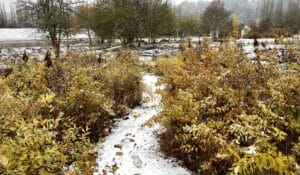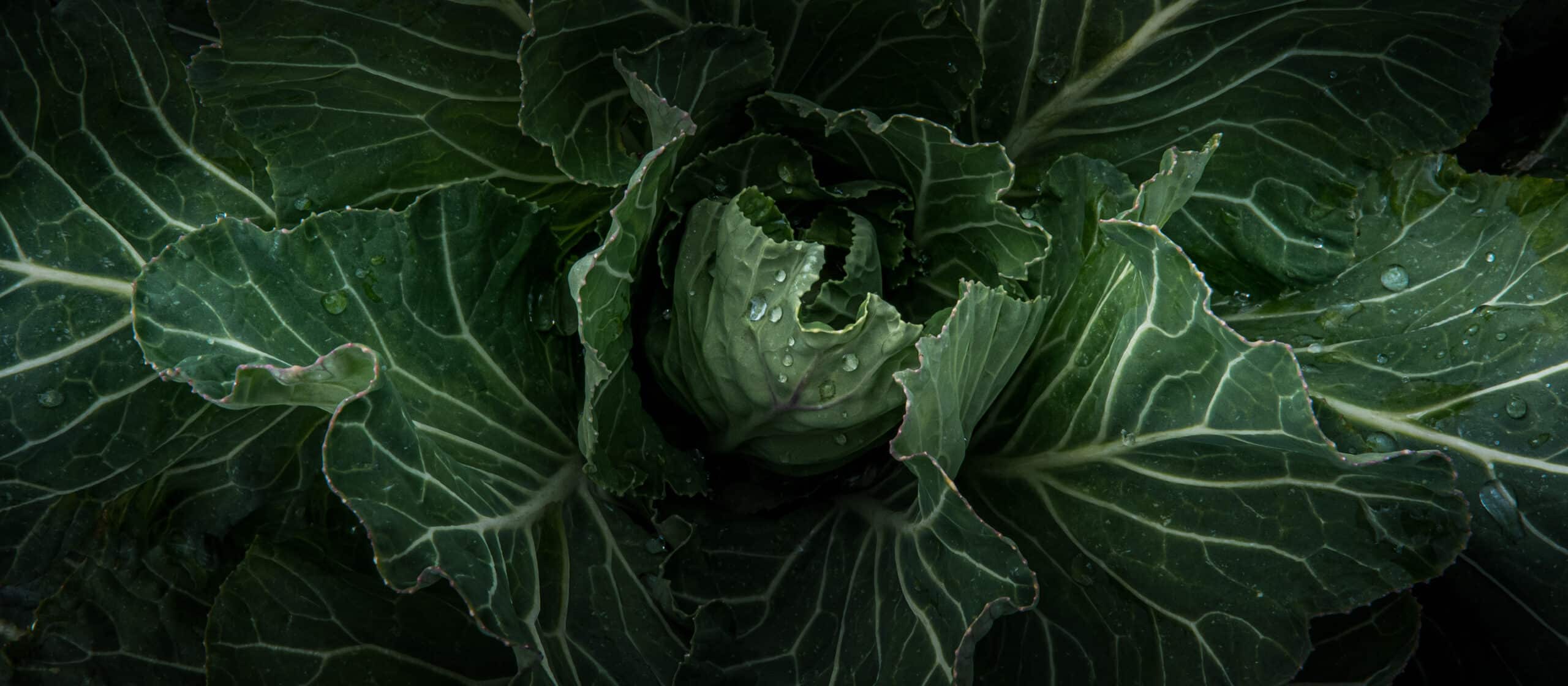
First Phase of the Pollinator Garden is Complete
First Phase of the Pollinator Garden is Complete
- posted on: November 3, 2020
- posted by: Robin Crowder
"*" indicates required fields

Kevin Sander here with an exciting update. I’m a volunteer leading the planning for the BEEvesting pollinator garden and we’ve made a lot of progress this month.
Washington is now fully immersed in Autumn, and while we settle in for a long stretch of sleepy rainy days, our yards and gardens prepare for Winter. The bigleaf maple shed their namesake, daisies die back, annuals gone until another season while proud evergreens soldier on.
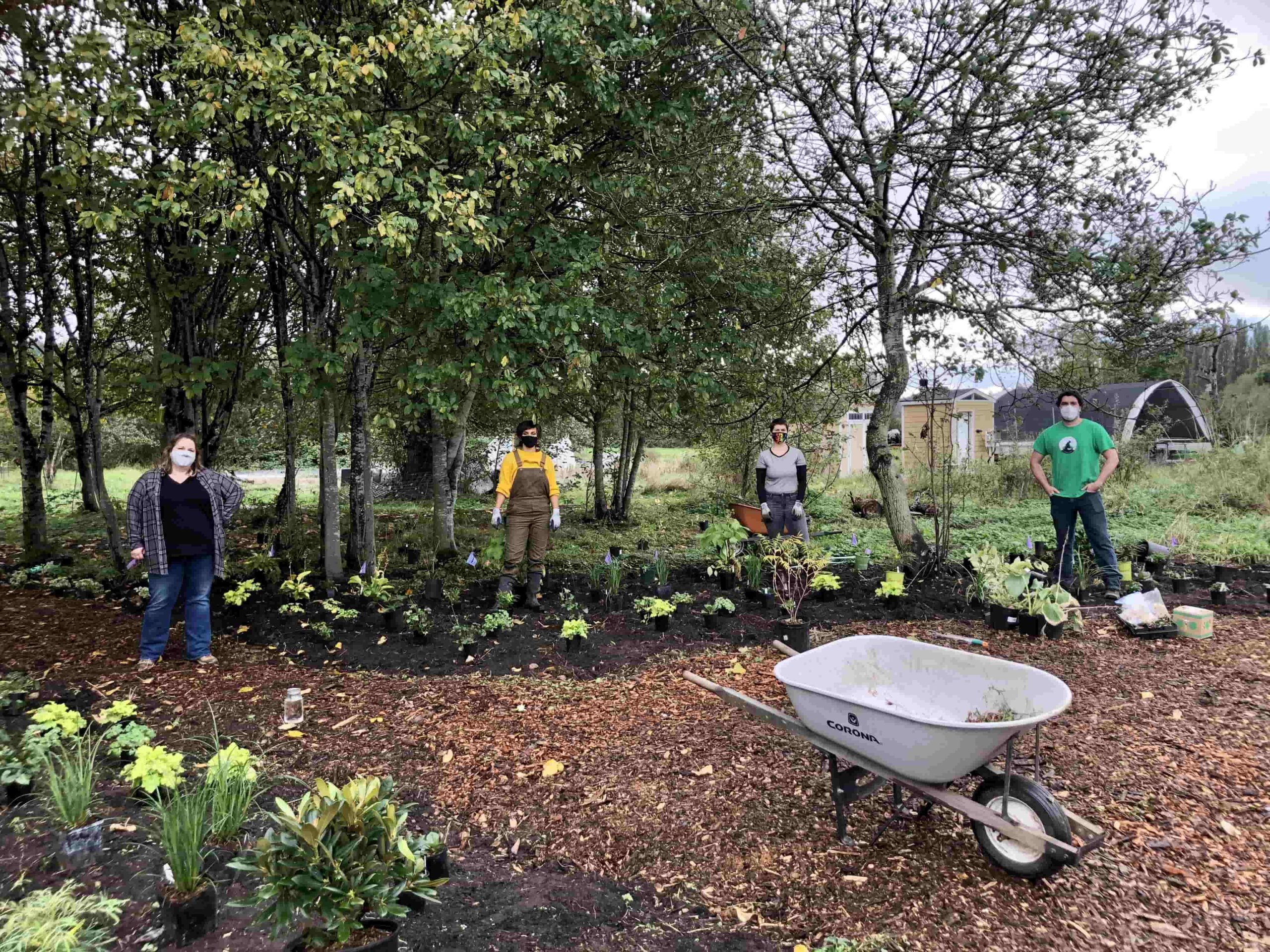
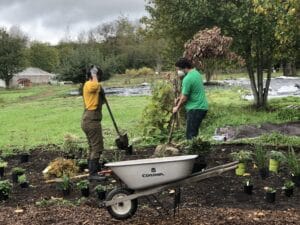
And like our plants, our bees undergo their own annual transitions – queen bumbles hibernate, the mason bee dies to be replaced by her offspring next year, and honey bees huddle together, rationing their food and warmth through Winter. Our pollinators will lie dormant until our gardens and forests bloom back to life in the Spring.
We have been hard at work at 21 Acres to make sure the campus can be a resource to them when they finally wake. On October 17th, 21 Acres staff and volunteers came together to plant hundreds of pollinator friendly plants in our nascent pollinator garden. Through the rest of Autumn and Winter, they will establish themselves in our newly constructed garden beds, setting down roots so that they are ready to bloom again when Spring comes around.
Many of the plants in the garden are native to the Pacific Northwest, including rhododendron, oregon grape, and redflower currant. Native plants are great choices for planting in the fall as they are accustomed to our long, cool rainy season and will have the easiest time establishing themselves by the Spring. They are also plants that our native pollinators have evolved to depend on and so will be invaluable resources to them throughout the year. Other plants are non-native, such as fuchsia, lavender, and camellia, but are valuable nectar sources as well. These non-native plants are showy, beautiful additions to the garden while still supporting native pollinators. They even help to fill gaps in our native bloom calendar – especially important in early Spring and mid-august!
This, however, is just the start of the pollinator garden at 21 Acres. A whole third garden bed is currently under silage tarp for weed suppression and there are gaps in the other two beds waiting to be filled in. We will be busy planning for a Spring planting, bringing in a host of new pollinator friendly plants to compliment what is already in place. Other maintenance will have to be done over the Winter as well, such as mulching to further suppress weeds, and designing an irrigation system that can keep this large garden space saturated during dry spells. So even though things slow down in Winter, a gardener’s work is never done!
On a personal note, I want to thank the volunteers and staff at 21 Acres for giving me such a big role in this project and helping me to see it through. Coming from a beekeeping background, I knew a good bit about the plight of our pollinators, but little about the actual work on the ground that needs to be done to ensure their survival. I have learned so much in the last few months. With Jess’ technical skills and eye for landscaping, we are well on our way to building a pollinator garden that is both functional for bees and beautiful to be in. I am so excited to continue contributing towards it and to share our work with others.
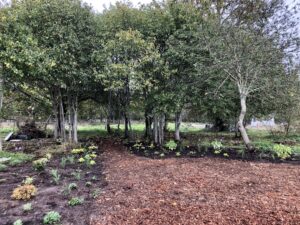
Want to know more?
We welcome community involvement and need volunteers to help tend the pollinator garden and to place Mason Bees on farms each spring. Contact us to get involved.
For information about the Beevesting project, visit beevesting.org. To read Kevin’s past blogs about this special pollinator garden, visit: Fall Planting in the Pollinator Garden, September 25, 2020; and Getting Started on the Beevesting Pollinator Garden, April 23, 2020.
To read blogs about Beevesting read: To Learn about the Beevesting Project and Local Pollinators, June 2, 2019; and Beevesting Partnership Places Mason Bees on Farms, April 16, 2020.
Funding in part for this project was generously provided through a King County Community Service Areas grant.










 back to blog overview
back to blog overview


